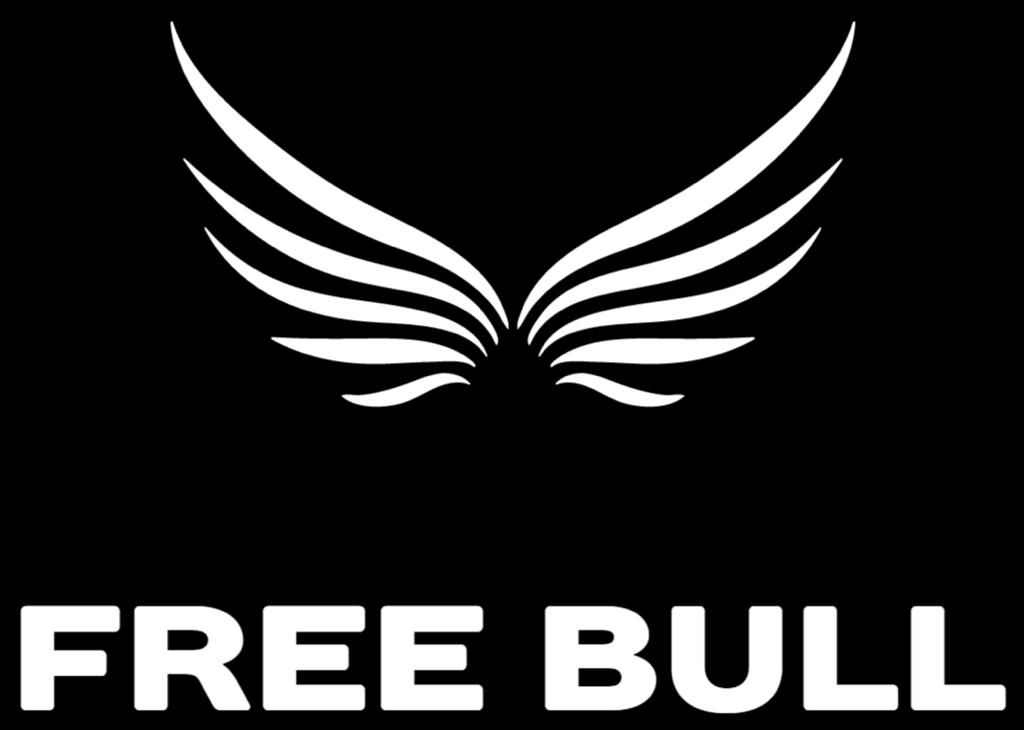Dear clients,
Fed Chairman Jerome Powell said on Friday that the Federal Reserve may need to raise interest rates once again to bring down still too high inflation and promised caution at upcoming meetings, noting both the progress made in easing price pressures and the risks posed by the unexpected strength of the U.S. economy.
While Powell’s statements weren’t as hawkish as a year ago at the annual economic policy symposium in Jackson Hole, they were still quite sharp, and investors now see another rate hike before the end of the year as more likely.
„We will proceed cautiously in deciding whether to tighten policy further or, conversely, to keep the rate unchanged and await further data,“ Powell said in his keynote speech. „The Fed’s objective is to bring inflation down to its 2% target, and we will do so.“
The Fed has raised rates by 5.25 percentage points since March 2022, and inflation at the Fed’s preferred rate has fallen to 3.3% from a peak of 7% last summer. While the decline was a „welcome development,“ Powell believes inflation „remains too high.“
„We are prepared to raise rates further, if appropriate, and intend to keep policy at a restrictive level until we are confident that inflation is moving steadily downward toward our target,“ he said.
However, given „signs that the economy may not be cooling as expected,“ including „particularly strong“ consumer spending and a „possible recovery“ in the housing sector, Powell said that above-trend growth „could jeopardise further progress on inflation and warrant further monetary tightening.“
His speech showed the Fed struggling with conflicting signals from the economy, with inflation reportedly slowing strongly without much cost to the economy — a good outcome, but one that raised the possibility that Fed policy is not tight enough to finish the job.
Unlike last year’s closely watched speech at a conference organised by the Federal Reserve Bank of Kansas City — in which Powell warned in stark terms of impending policy tightening — Powell did not talk about the coming „pain“ for the public caused by further policy tightening.
But he also didn’t make it clear that a rate cut was imminent, nor did he hint, as some policymakers have done, at the need to adjust rates downward once inflation becomes more sustainable.
At the end of the day, futures contracts tied to the Fed’s discount rate estimated the probability of a rate hike in September at just under 20%, but the odds of the rate ending the year in the 5.5%-5.75% range, a quarter point above the current range, were higher than the 50% probability. The yield on two-year Treasuries ended the day at 5.08%, the highest since June 2007.
Powell said it is difficult to accurately gauge how high above the „neutral“ interest rate the current base rate is, and therefore difficult to gauge how much the Fed is restraining growth and inflation.
Powell reiterated what has become the Fed’s standard diagnosis of inflation progress: easing goods inflation and declining housing inflation are „on track,“ but concerns that continued consumer spending on a wide range of services and a tight labour market may make a return to 2% difficult.
Recent declines in measures of core inflation, excluding food and energy prices, „are welcomed, but two months of good data is just the beginning of what will be needed to build confidence in a sustained decline in inflation,“ Powell emphasised.
Although Powell’s tone was not as harsh as last year, when he dispelled market perceptions in very blunt terms that the Fed at the time was nearing the end of its rate hike cycle and would cut rates before the end of this year. Nevertheless, it was clear that he did not want to discard any options.
Powell ended his remarks Friday with almost the same phrase he used last year in Jackson Hole: „We’re going to keep at it until the job is done.“


